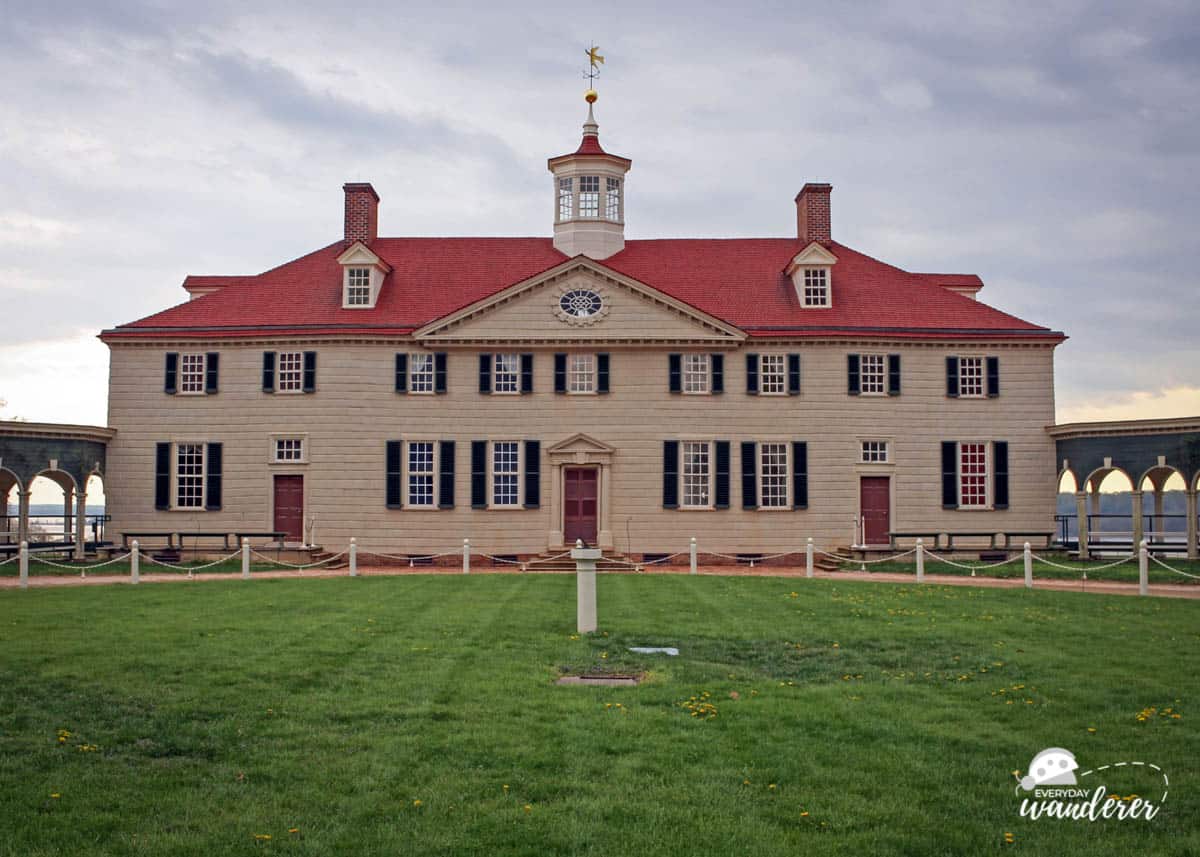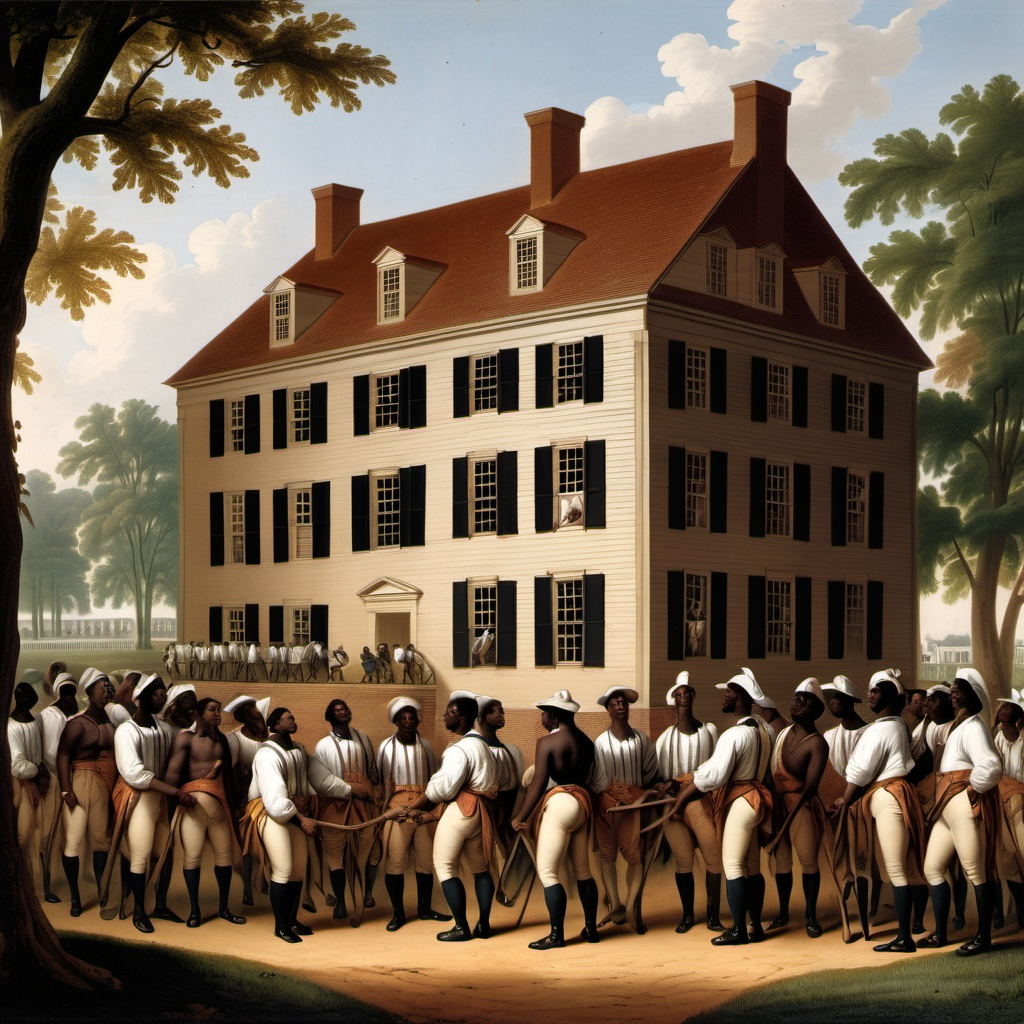Mount Vernon: Sacred Ground or Complicated History? The Role of Shrines and Oral Tradition in Historic Preservation
Part One: The Power of Calling Mount Vernon a "Shrine"
The usage of “shrine” by Casper regarding Mount Vernon directs significant emphasis towards our comprehension of both preservation and interpretive practices at this historical site. The conceptual meaning of shrine points to a space that merits religious reverence since the public recognizes it as both sacred and attractive. At Mount Vernon the language creates Washington into a dual representation as both a political leader and a representative figure of domestic identity.
The designation of Mount Vernon as a shrine implies to historians and preservationists that the estate represents more than a former home and plantation. Sacred ground places reverence toward Washington’s leadership primarly while keeping hidden the reality of his enslaved people ownership at the forefront. Historian Mary V. Thompson examines through her book Mount Vernon and the Washingtons: A Virginia Family History how these two conflicting goals affect the preservation outlook on Mount Vernon. Both the historic site and its visitors neglect to recognize the operational role of Mount Vernon as a plantation because over 300 enslaved Africans worked for Washington at his plantation. This linguistic fashion toward shrines threatens to strip away experience-based knowledge about enslaved people at the site because it prioritizes symbols of Washington’s achievements.
The conflicting priorities occur at Mount Vernon as well as other historical sites which celebrate notable figures by hiding their more complex historical narratives. Preservationists must handle a delicate balance of honoring historical personalities alongside sharing complete accounts about every participant specifically those who have faced marginalization.
Part Two: The Value of Oral History Despite its Imperfections
The value of oral history for historic preservation remains undeniable even though the material contains errores and memory distortions and exaggerations. Through oral stories history becomes accessible at a personal human level which written methods of documentation cannot achieve. The real-life experiences and personal perspectives together with emotional authenticity of those who experienced important events remain present even when their oral testimonies contain factual errors or self-contradictions.
Paula Hamilton explains through her book Oral History and Public Memories that traditional archival methods do not successfully maintain histories which oral history properly safeguards. Different historical stories provide essential insights into historical times from multiple viewpoints. Oral history provides marginalized voices with representation by correcting the omission of vulnerable groups present in traditional official documents at places like Mount Vernon where enslaved people conducted their labor.
The Smithsonians National Museum of African American History and Culture among modern public history initiatives uses personal narratives from African Americans through oral retellings to display stories which written archives do not include. Oral traditions reveal detailed historical insights though details may shift slightly as times goes by.
Oral history fosters personal connections to historical narratives. The documentation of oral testimonies from Mount Vernon descendants who are descended from slaves at the site would create a human connection between visitors and the past while questioning the established story. Though these oral stories do not match written records they give unique insight into the psychological experiences of plantation living by safeguarding personal experiences otherwise lost to time.
Conclusion: Preservation Through a Holistic Lens
The shrine language used at Mount Vernon creates a significant impact on George Washington’s historical narrative while potentially concealing important details about his plantation operations. The description of Mount Vernon as a shrine grants it sacred status but this designation should be accompanied by comprehensive historical analysis that properly recognizes enslaved workers’ vital role. Through oral histories people can both save the living history along with making it human by allowing forgotten voices—including those belonging to marginalized groups—to continue telling their stories. Through both strategies we learn that historical preservation requires understanding beyond monumental structures since it seeks to present an uncut view of historical reality.


